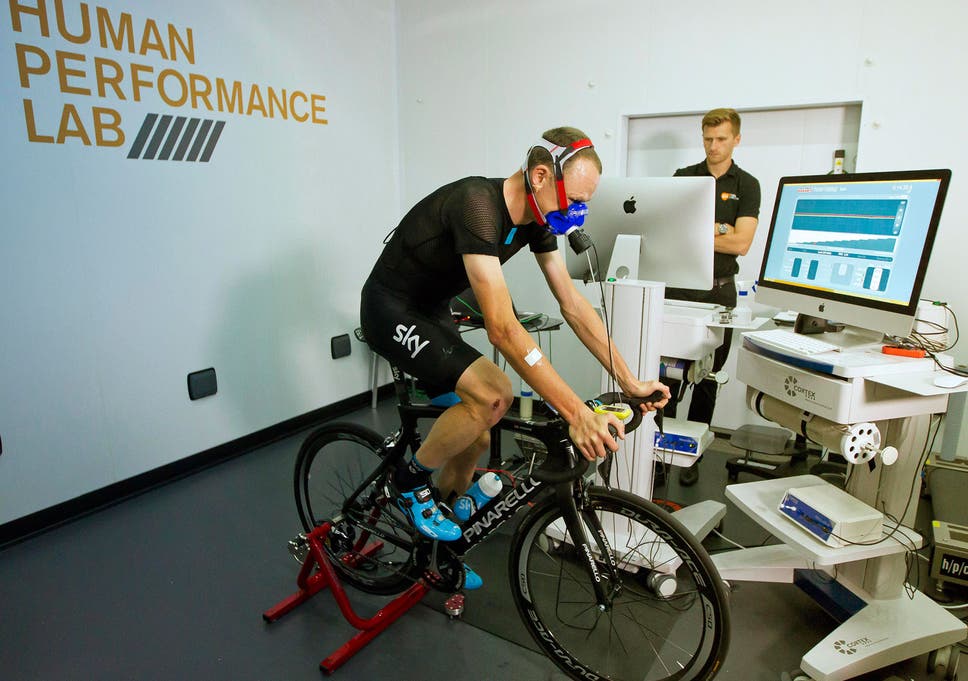samhocking said:
In my experience as the sweat builds and your chest is expanding and contracting more under heavy breathing of big efforts, the HR readings can go a bit high sometimes outdoors. I don't race with a Head Unit, but I do at a 1.5hr Tuesday night Training Crit every week in the summer and several times you'll look downand think you're ill as the reading is just way too high. It can last a few seconds or a few minutes. My max HR is 174 and i've regularly seen it peaking around 190bpm and sometimes even 190bmp when i'm not even close to maximum perceived effort or high watts for a sustained period. You really just learn to take HR & Power with a pinch of salt when analysing the data in Training Peaks or whatever and smooth it out to get a more realistic idea. End of the day it's precise enough technology to track your progress if it's repeatable and that's all that matters long-term for training. The whole claim of things being +-2% accurate for HR monitors and Power Meters is based on a snapshot against a known power and HR, not how accurate it is with itself over the duration of a ride.
Here's a comparison between a HR Strap & HR watch on the road in the real world.
Here's the same two HR Monitors indoors on a Turbo Trainer.
Considering the fact that those plots come from an article showing that watch based optical systems are not as accurate as electrical-based chest systems in the real world, using them as examples of different HR monitors showing variation in readings without stating this is
highly misleading.
gillan1969 said:
samhocking said:
There's no smoothing Gillan, that is the raw data. There's way more interference outside and of course you tend to move your body much less on a turbo and of course no rough ground and road buzz etc probably makes a difference with the HR watch as nearer the shaking of the bars on the road. I would never look at my HR or Power and take it 100% accurate. As long as it's repeatable each day, that's fine.
what I meant was that because of the nature of road riding then your heart rate will always be going up and down due to easing off in tailwinds, pushing a bit in climbs...slowing for cars, junctions, deer, other cyclists, crap road surface, puddles etc etc etc...i.e.the raw data is always going up and down
on a turbo its pretty consistent......
See my reply above. You are correct, a turbo will give a more consistent change (course dependent obviously) and SH is also right that the reduced movement on the turbo will stop the watch shaking.
The issue here is that when people talk about discrepancy between readings they would generally refer to comparable measurements made with two comparable devices in a similar situation, such as the turbo session. This is not the case here.The plots SH shows are from an article specifically pointing out that those devices are not comparable on the road. It's here:
http://www.bikeradar.com/gear/article/how-accurate-is-wrist-based-heart-rate-vs-hr-strap-48458/#disqus_thread
As you can see from the data SH posted, under controlled conditions, turbo, they are extremely similar, within a couple of beats of each other. Replace the watch in the on road test with another chest strap and it's likely to look very similar to the chest strap in this data.














